Kraków (Krakow) was the capital of Poland for a long time and is still considered the cultural heart of Poland. Miraculously, Kraków remained almost unscathed during the Second World War. That’s why you’ll find a unique collection of different architectural styles and feel like you’re in a giant open-air museum. Whether it’s Europe’s largest market square with its legendary cloth halls, or Wawel, the castle of the Polish kings – there is no shortage of Krakow sights. Also exciting is the Jewish quarter of Kazimierz, where there are still several synagogues and cemeteries that tell of the rich history of Polish Jews.
Attractions in Krakow – these are the top 10
In the following article we want to present you the top 10 attractions in Krakow. We have also put together an article with the best Krakow travel tips. And also the surrounding area of Krakow offers a lot of space for excursions. But here we first want to present you the top 10 Krakow sights.
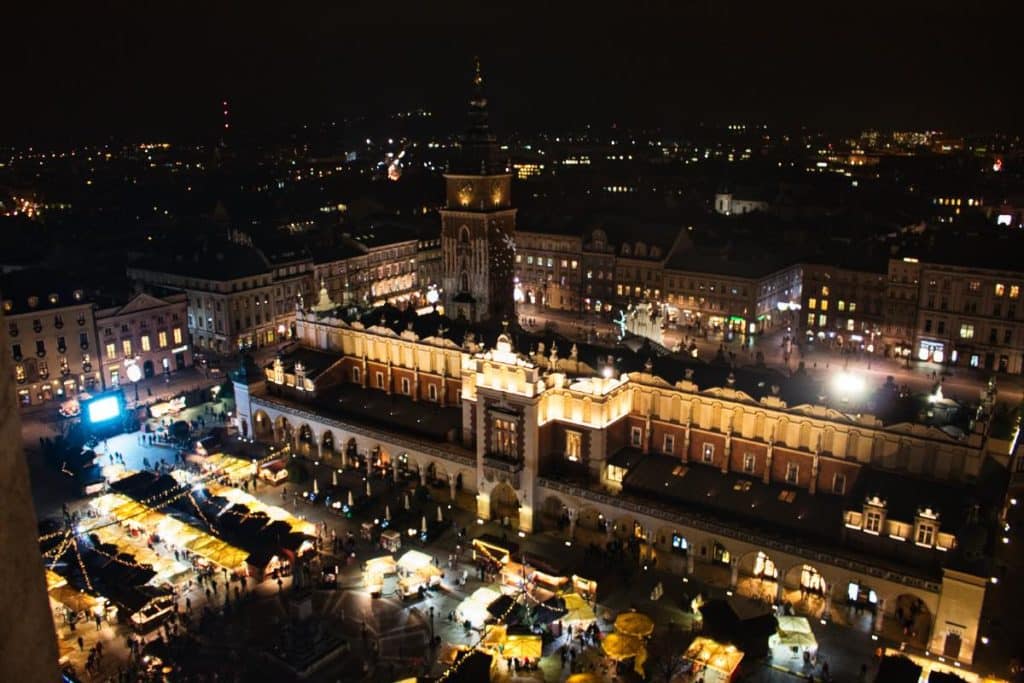
Market Square and the Cloth Halls
Once you see Krakow’s Market Square, you will never forget it. It is the largest in Europe and is blessed with so many beautiful buildings that it takes your breath away. Sometimes they are in Renaissance style, sometimes in Art Nouveau, and despite the mix of styles, they still create a harmonious overall picture.
Perhaps the most beautiful building stands in the middle of the market square, it is the cloth halls (Sukiennice). Where once traders offered their fabrics, today you can sit in a nice café or stock up on souvenirs. A tour through the underground* of the market square is also exciting.
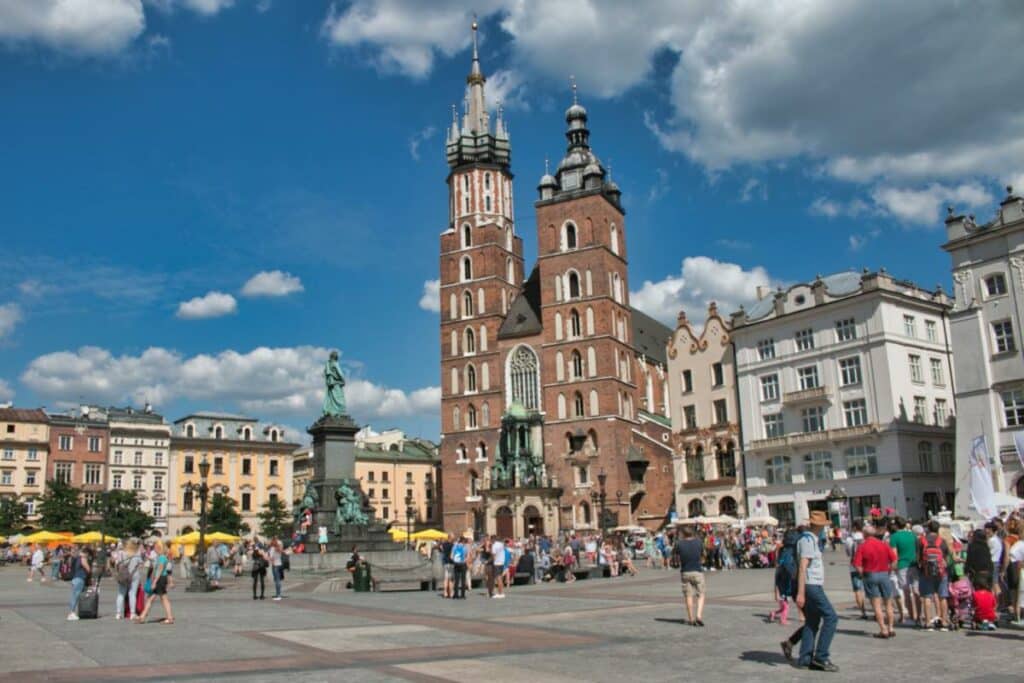
St. Mary’s Church
In addition to the Cloth Halls, St. Mary’s Church attracts the attention of many tourists. The Gothic church contains a unique treasure, the high altar by Veit Stoß. This is the most important work of the Swabian artist. It took him thirteen years to create this masterpiece and he moved from Nuremberg to the Vistula especially to create it. But the other works of art in the city’s most important church are also wonderful and the ceiling painting, which is based on a starry sky, creates a mystical atmosphere.
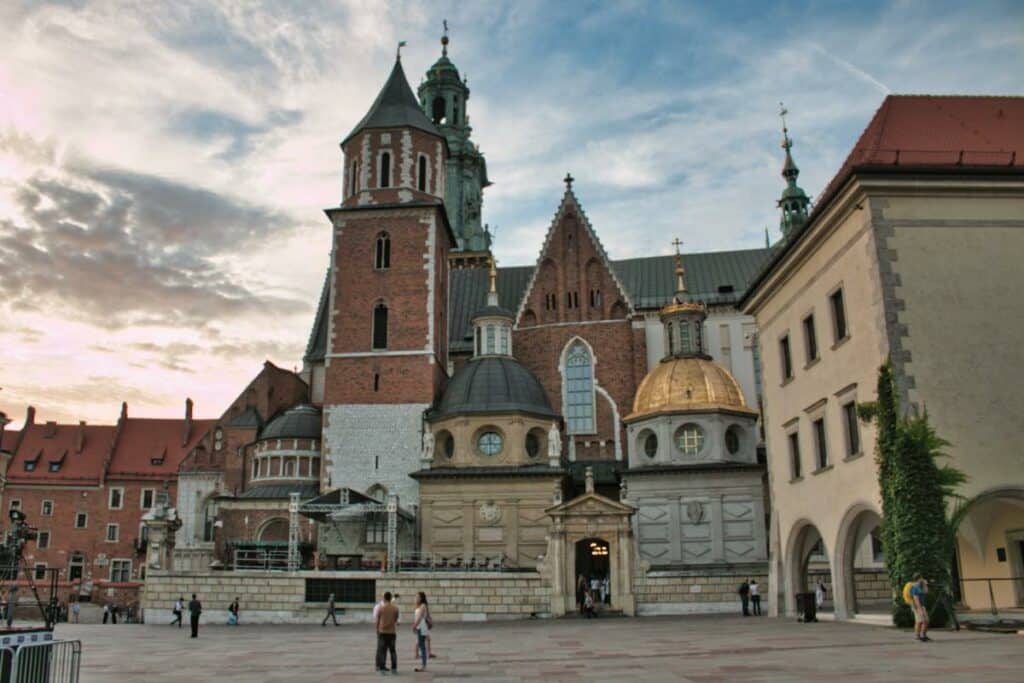
Wawel – Castle of the Polish Kings
Krakow’s Old Town is a dream and the alleys invite you to take long walks. However, the most impressive building of the city is not located on the market square, but on the Wawel Hill on the southern edge of the Old Town. Here, the Wawel Castle with its many palaces and churches has been enthroned for hundreds of years. The Polish kings used to reside here before the capital was moved to Warsaw.
None of the old glamor has faded, however, and today visitors can explore most areas of the castle on several thematically different tours like this one*. And since a fire-breathing dragon lives in a cave below the Wawel, children are guaranteed to have fun on a tour, too!

Kazimierz – Jewish Quarter Krakow
In the Middle Ages, the Polish king Kazimierz Wielki (Casimir the Great) allowed the Jews to build their own quarter south of the city, which still bears his name. Over the centuries, this created a small town of its own, attracting many onlookers with its many synagogues and Jewish cemeteries. Miraculously, many of the facilities were spared from the Nazis’ destructive rage because they put the buildings to other uses. For this reason, one can at least get an idea here today of how multifaceted and diverse Jewish life was in Poland before World War II.

Auschwitz Concentration Camp Memorial Site
Even though the Auschwitz concentration camp is not located in Krakow, many visitors to Krakow also go to the Auschwitz Memorial. Auschwitz stands like no other place for the crimes committed by the Nazis against the European Jews and the other peoples. Up to 1.5 million people died here in the gas chambers, through forced labor, shootings or other tortures. On a guided tour of the memorial, you will learn more about the systematic murder and death machinery at the Auschwitz I main camp and Birkenau. Trips to Auschwitz can be organized from Krakow.
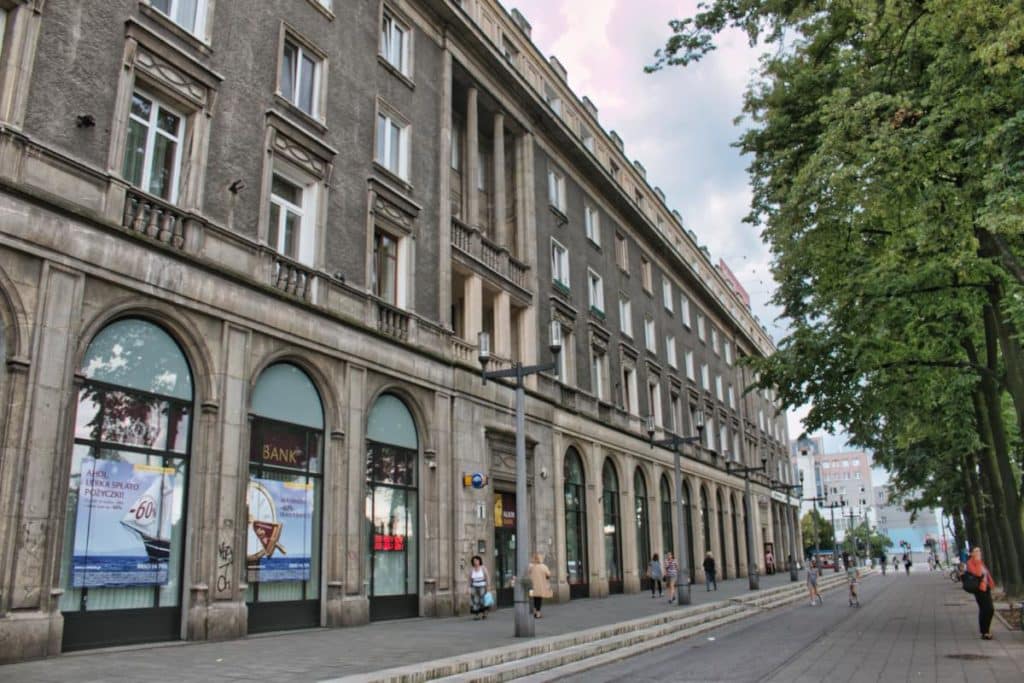
Nowa Huta – Socialist planned city
The absolute contrast to all the magnificent buildings in the Old Town and Kazimierz can be found in Nowa Huta. The socialist planned city at the gates of Krakow was supposed to symbolize the city’s departure into modernity and is a highlight on any trip to Poland. One of the continent’s largest steelworks is located here.
The many residential buildings for the plant’s workers contain elements of the Cracow Renaissance on the one hand, but are mostly made of concrete. In addition, there are experimental prefabricated buildings and an impressive church, the construction of which was the subject of a long struggle in what was then communist Poland.
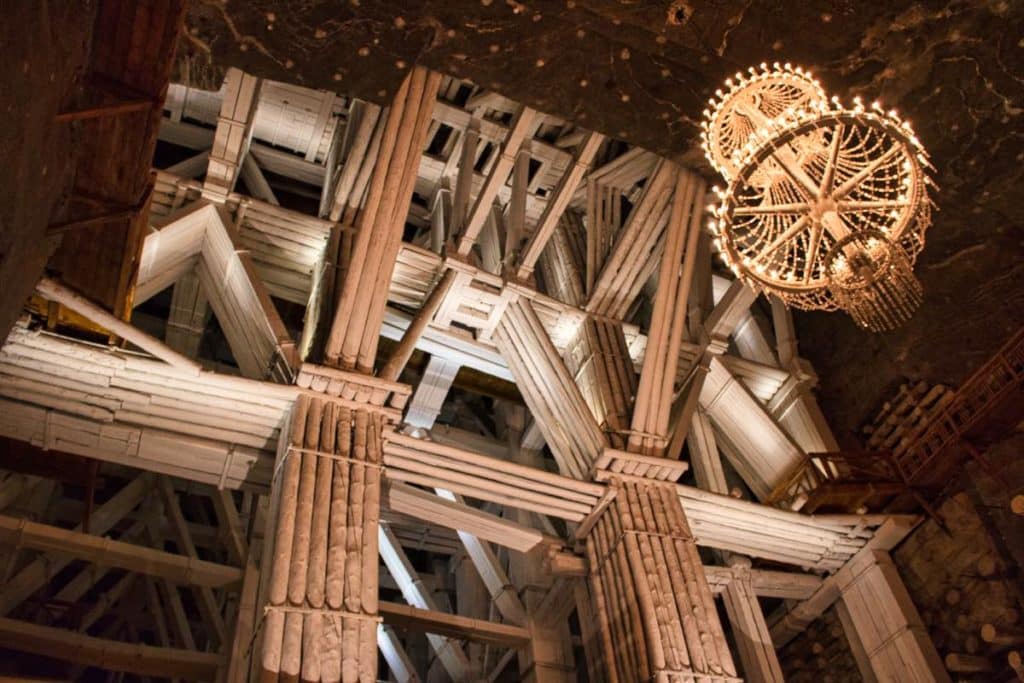
Wieliczka Salt Mine
It is one of the most beautiful attractions in Krakow, although not set in the city itself: the Wieliczka Salt Mine, which we introduce to you in this article. Salt is still mined here today. But it is also a place that millions of tourists visit every year. And rightly so. Because in the underground salt world there are not only many wooden works of art to see. The miners have created entire chapels, dance halls and other sights, which today even belong to the UNESCO World Heritage. A tour* to the Wieliczka Salt Mine is therefore not only on every Krakow bucket list but one of the most important sights in Poland.

Planty
Where is the most beautiful place in Krakow? Granted, everyone will name their own personal favorite place and there really is no shortage of beautiful places in Krakow. Personally, I prefer to walk along the Planty early in the morning or in the evening. They are four kilometers long and surround the Old Town like a green belt that gently wraps around historic Krakow.
You can sit on the benches for hours and watch people come in and out of the old town, and there is something to discover on almost every corner. Particularly exciting is the Bunkier Sztuki, a modernist building in the western part of the Planty, where modern art exhibitions are always held. The building doesn’t really fit the flair of the Planty, but Krakow has always been a city whose charm is its contrasts.
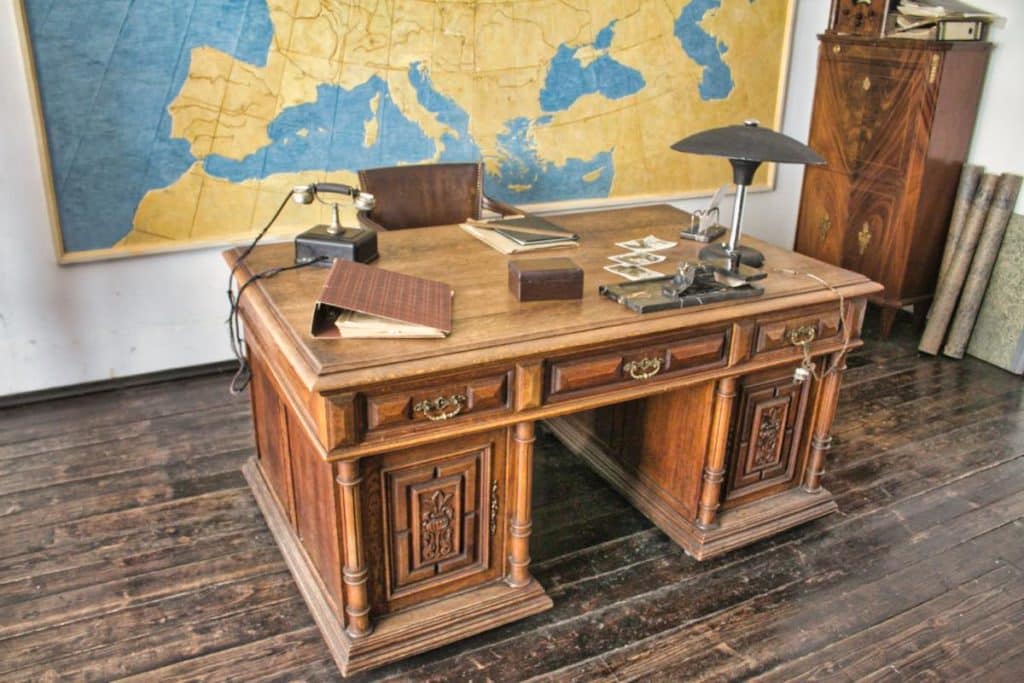
Schindler’s Factory
The story of Oskar Schindler, the German factory owner who saved the lives of many Jews thanks to his efforts during World War II, is known to almost everyone, at least since Steven Spielberg’s Oscar-winning masterpiece. Oskar Schindler’s enamel factory still stands here southeast of the old town. It houses a moving museum where you can learn about Schindler and his employees, but also about the Jewish past of the neighborhood.
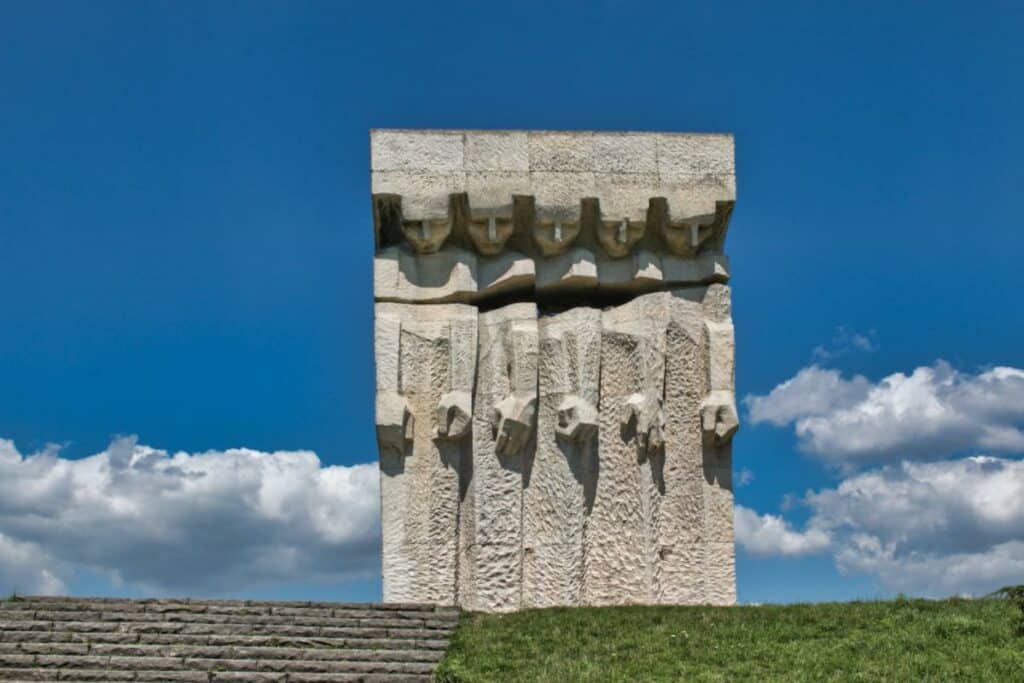
Płaszów concentration camp
Unfortunately, Schindler was able to save the lives of very few people in relation to the total population. Many Krakow Jews were deported to the Płaszów concentration camp, located in a suburb southeast of the center. Here, the camp commander Amon Göth led a reign of terror, thousands of people died in an agonizing way. Today, a huge concrete monument showing people with lowered eyes reminds us of this place, which unfortunately is not very well maintained and is still waiting for a real memorial. Nevertheless, we think that this place needs more attention!
Guide to the most important Krakow sights
If you are interested in Krakow’s architecture, I can recommend the the Architekturführer Krakau* in German, which I wrote a few years ago for dom Publishers together with Heike Maria Johenning. And if you are looking for a good travel guide for your Krakow vacation, have a look at the German CityTrip Krakow*, written by our colleague Martin Brand together with Robert Kalimullin.


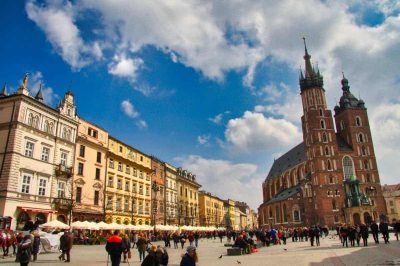
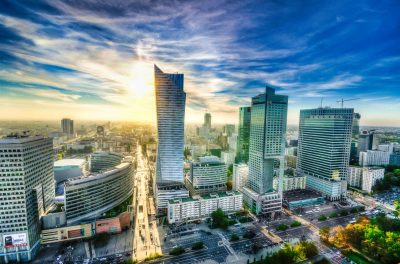
The photo is not showing Planty. At least not the ones the author is writing about…